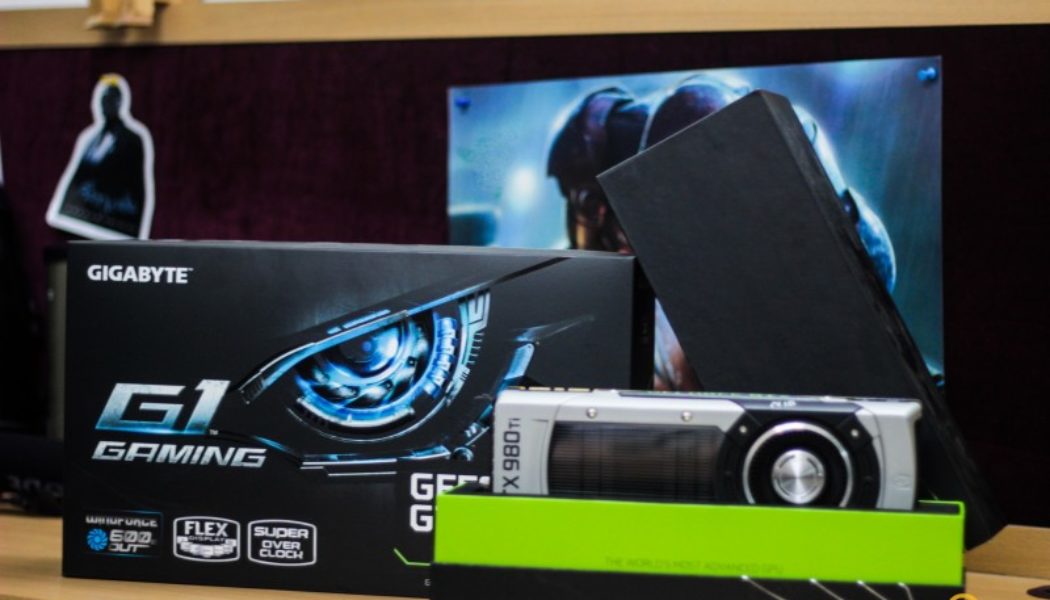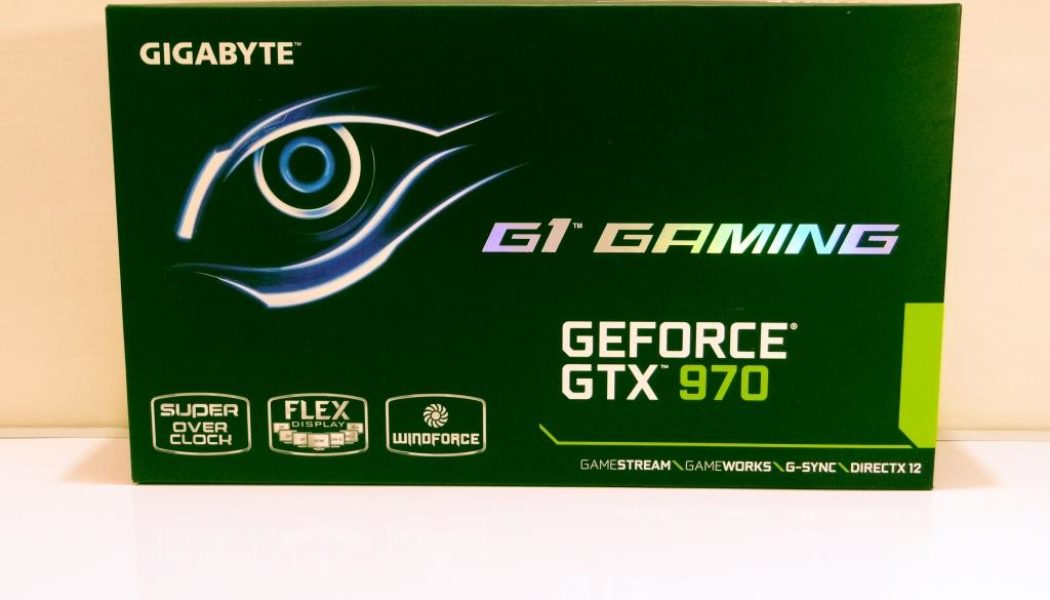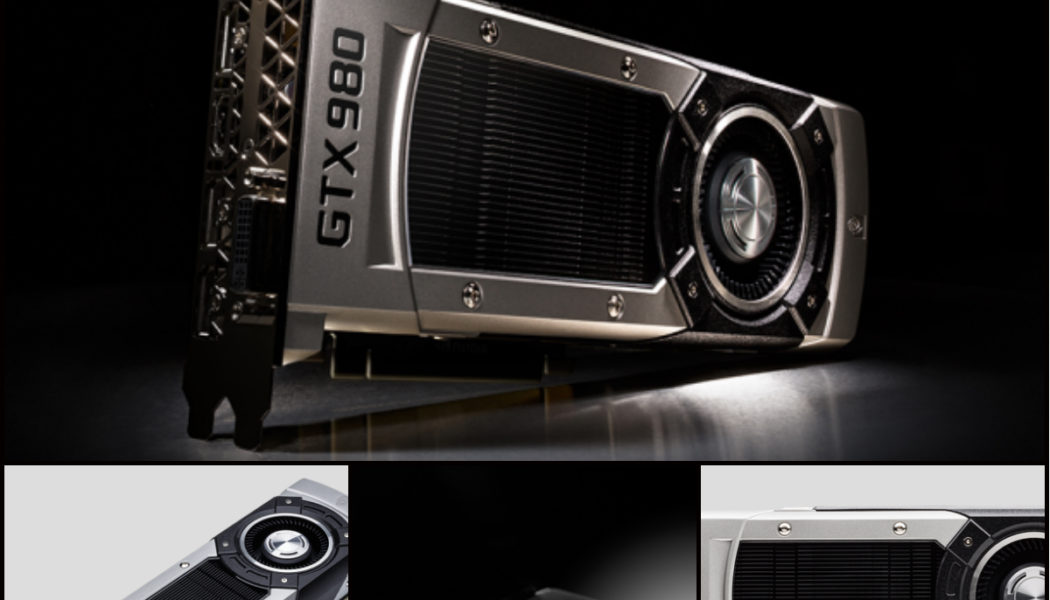Maxwell
The GTX 980 Ti Review (Featuring the Gigabyte G1 Gaming)
Well, this took a long time to come! But finally, here is our review of the NVIDIA GTX 980 Ti and the Gigabyte G1 Gaming WINDFORCE Edition GTX 980 Ti. At the risk of giving away the verdict before the review proper, we love these babies. We got two of these cards to get our paws on, one reference and one from Gigabyte, their G1 Gaming WINDFORCE Edition. And we were blown away by the performance, to say the least. Nvidia GTX 980 Ti (Reference) — IT’S ALIVE! IT’S ALIIIIIIIVE! Well, it’s here. And it kicks butts left and right. The 980 Ti features the a cut down version of the GM 2000 GPU present in GTX Titan X and as a result performs within the actual margin of error when compared to the Titan X. Featuring just over 2,800 CUDA Cores and memory clocked at 7GHz, this c...
Gigabyte GeForce GTX 970 G1 Gaming Graphics Card Review
Introduction This time we test the more budget oriented Gigabyte GeForce GTX 970 G1 SOC gaming graphics card. This card however has one 6 and one 8-pin power feed but then again, does come with a WindForce cooler. The G1 Gaming has 4 GB graphics memory, is energy efficient and factory overclocked for you. You will be surprised by how this card looks, how silent it is and how well it performs. The PC market is interesting, it has been on a decline for sure but gaming PCs are getting popular thanks to some great publisher titles as well as e-sports. We all want a beast of a gaming rigsince PC gaming as an experience is just so much better than anything else out there. The Maxwell family of GPUs are the 10th generation architecture for NVIDIA with several design goals in mind (higher performa...
NVIDIA’s Maxwell GPU’s will bring you closer to Virtual Reality Gaming
We’ve seen it in movies. We’re read about it in books. Virtual technology is breaking into the mainstream with NVIDIA’s latest GPUs – built on the new Maxwell architecture – are ready. Maxwell is at the core of the new GeForce GTX 980 and GTX 970 GPUs, the most advanced GPUs from NVIDIA. Maxwell is designed to solve some of the most complex lighting and graphics challenges in visual computing. One of the biggest challenges: virtual reality. With screens positioned inches away from the user’s face, responsiveness is at a premium. Which is why Maxwell-based GPUs have been optimized for virtual reality. No margin for error: get VR wrong and gamers can get sick. Typically, it takes 50 milliseconds or more to render a scene in a virtual reality environment, from the time you move your he...






